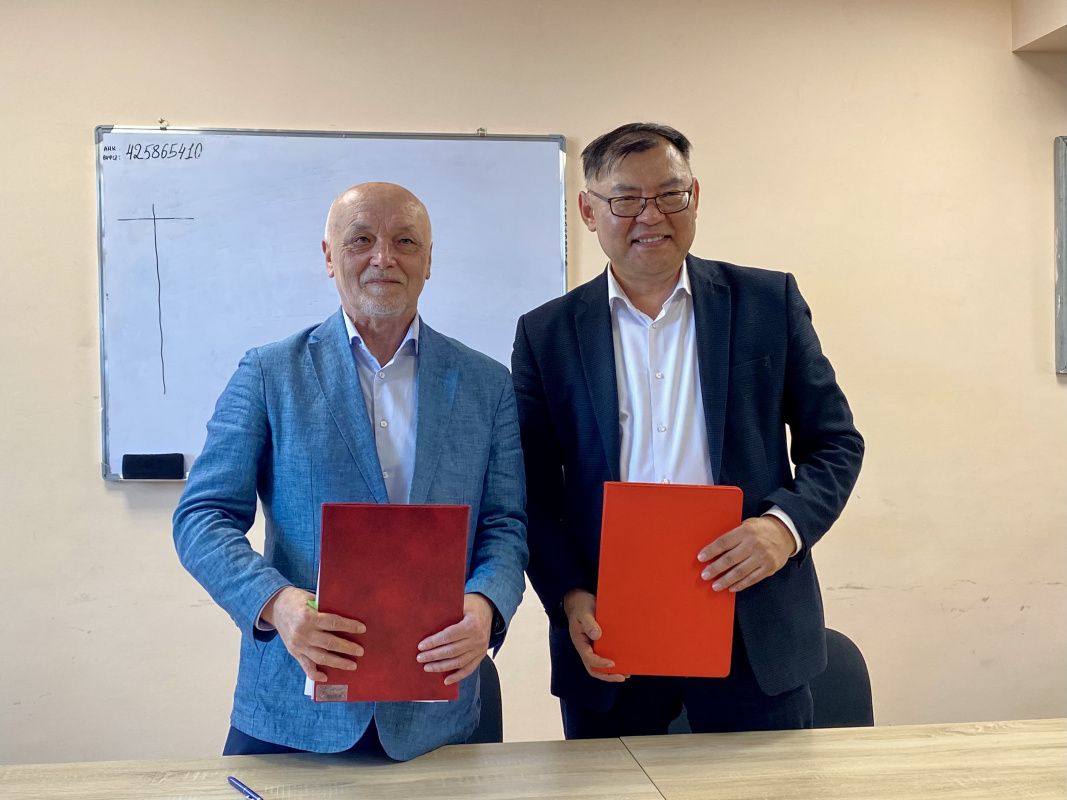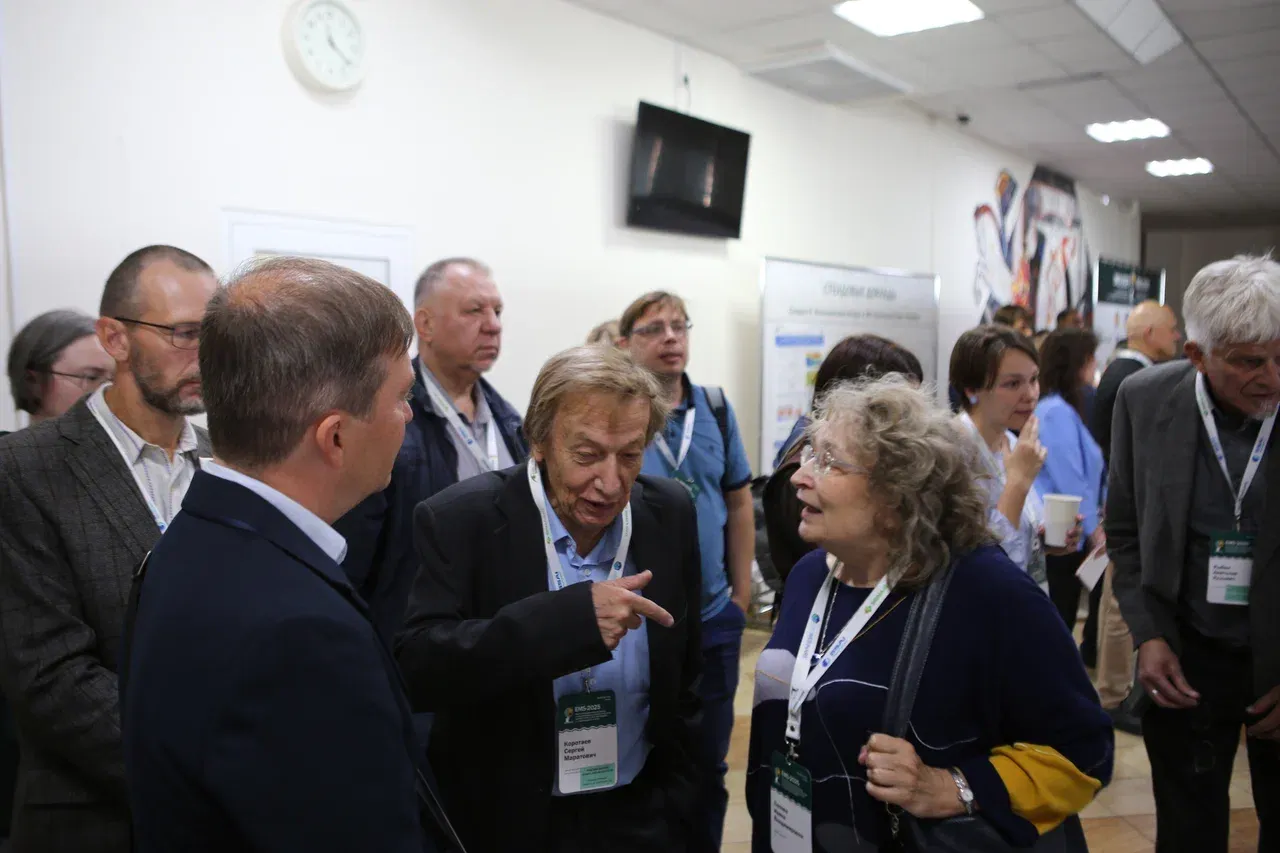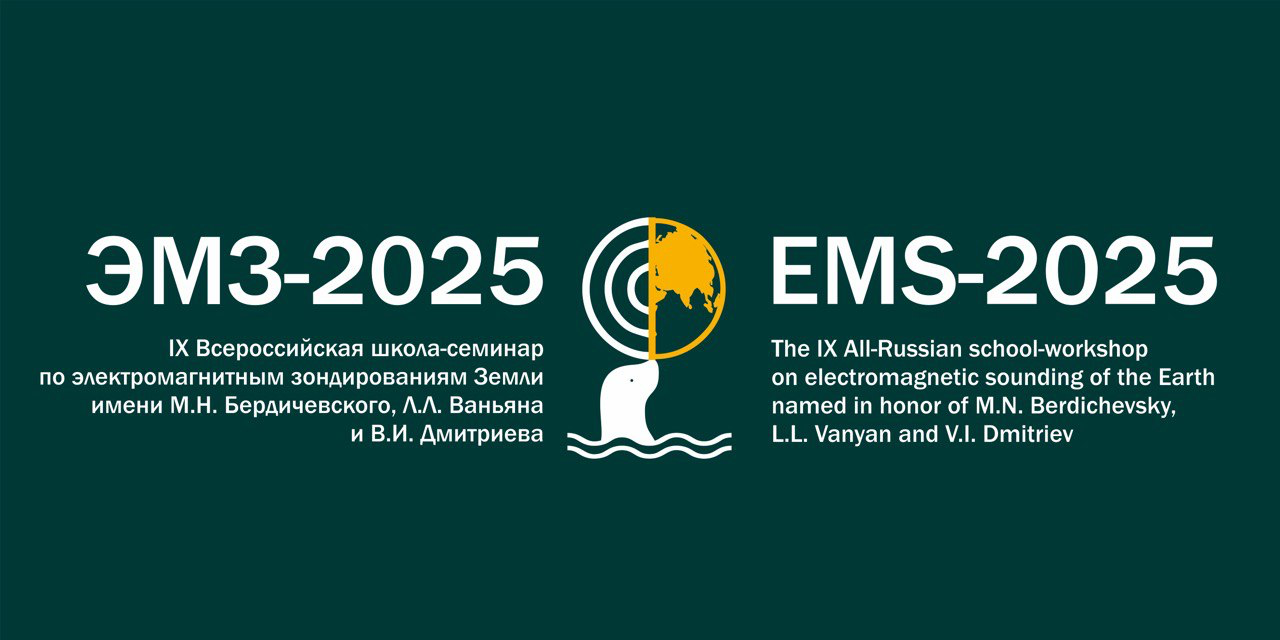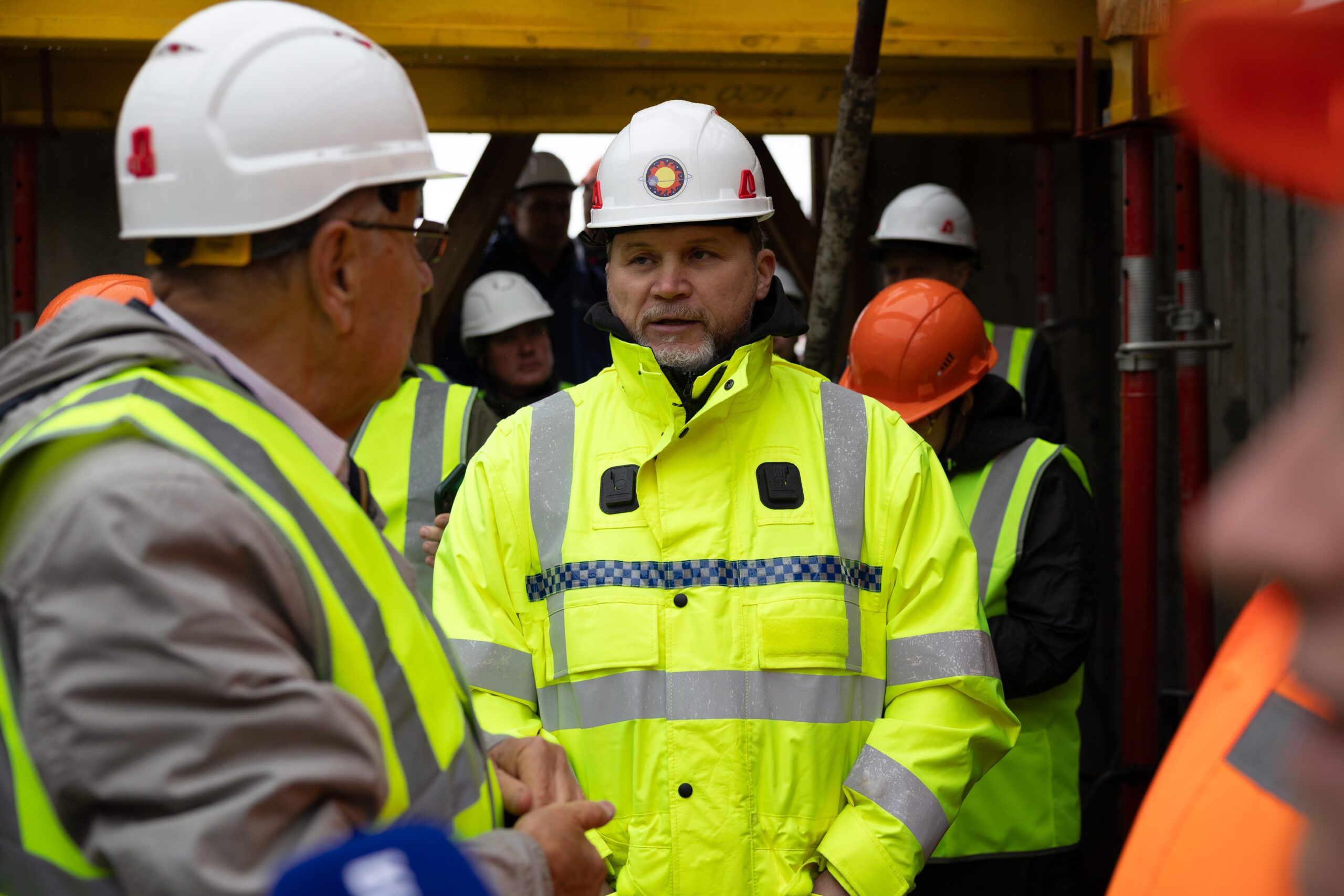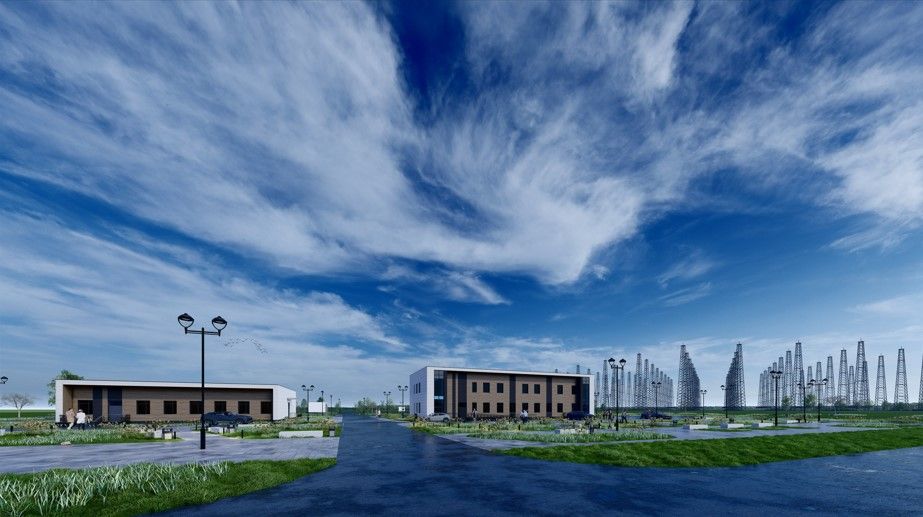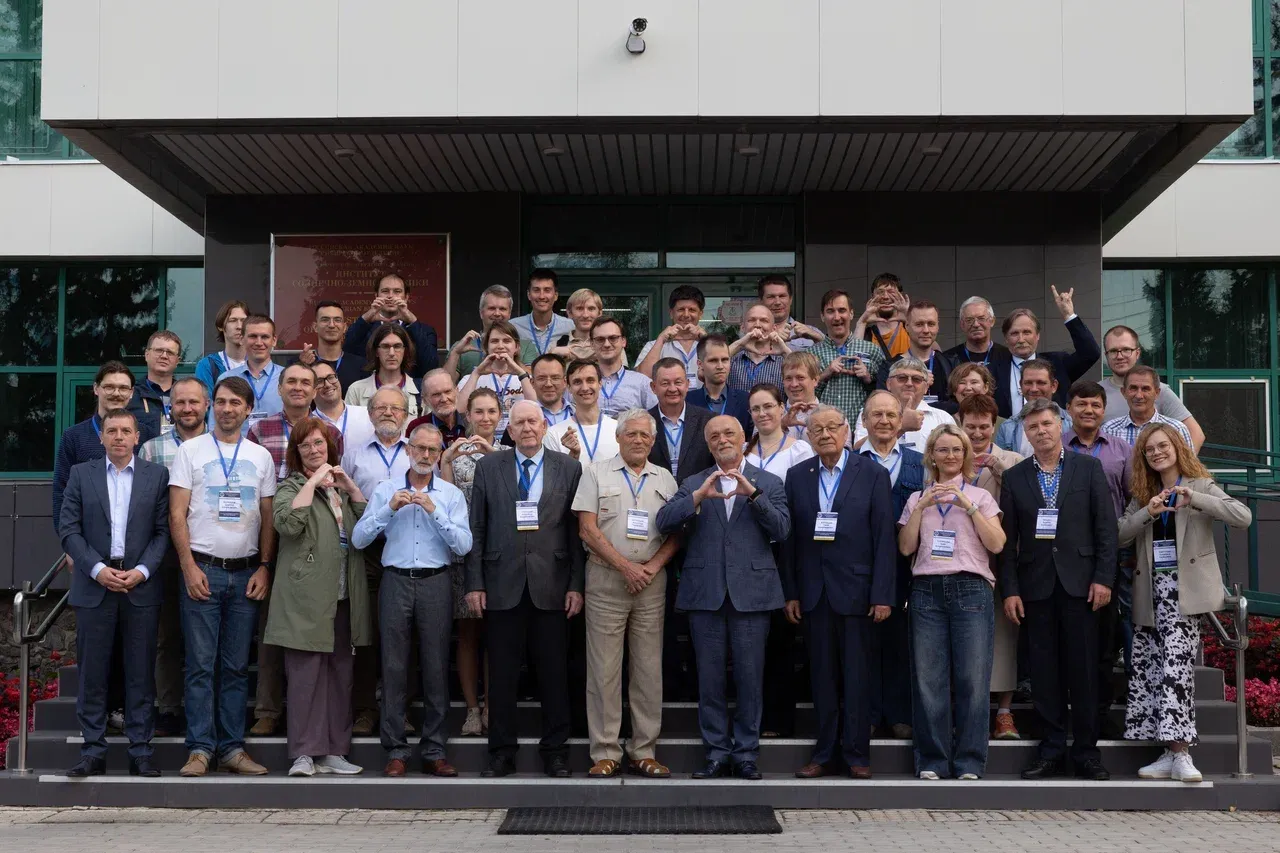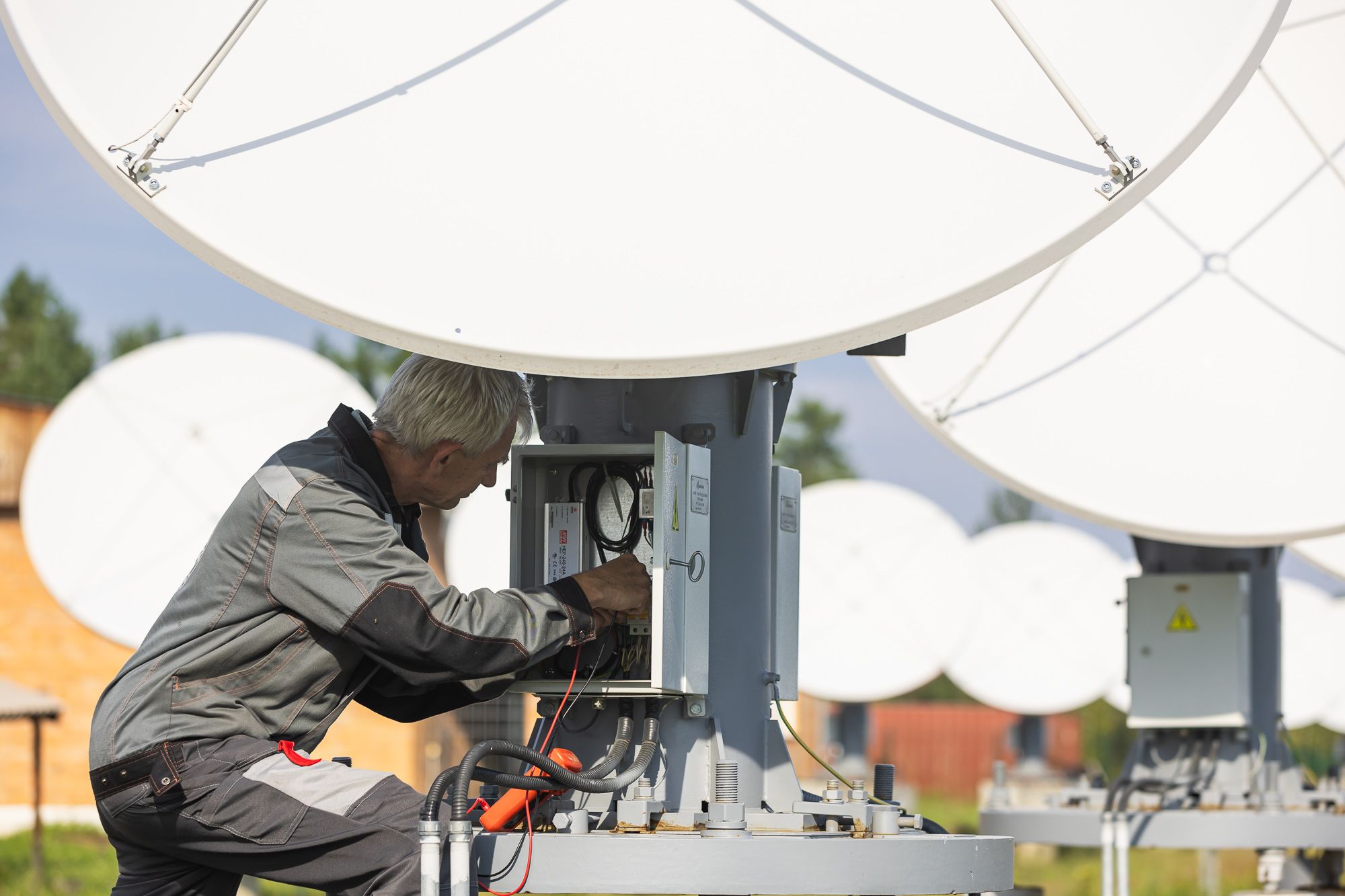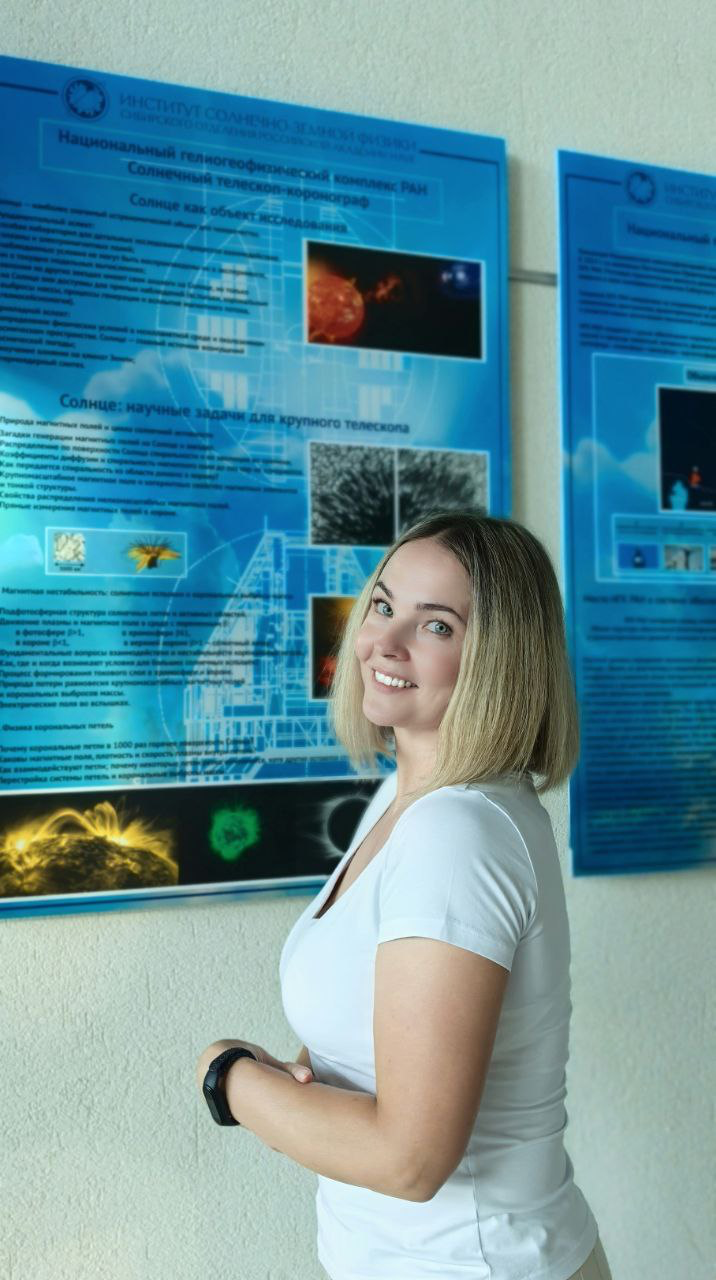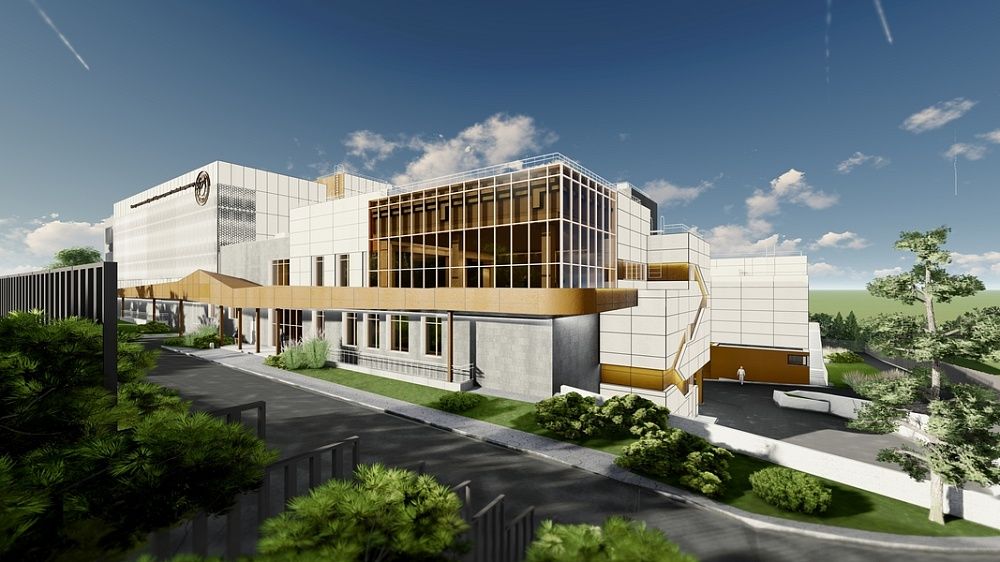The Institute of Solar-Terrestrial Physics SB RAS has obtained a positive assessment from Glavgosexpertiza of Russia for its Lidar construction project. The document was issued following state expert reviews of engineering survey outcomes. Seismic resistance up to 8.4 magnitude has been considered during planning stages. The Facility will be constructed within the framework of the expanded investment project "National Heliogeophysical Complex of RAS (NHC RAS). It aims at researching lower and upper atmospheric layers. Completion of the construction is scheduled for 2030.
As reported by Alexander Beletsky, Candidate of Physical and Mathematical Sciences, Head of Atmospheric Physics Laboratory at ISTP SB RAS, the lidar project was developed jointly with the Zuev Institute of Atmospheric Optics SB RAS (Tomsk). Work on the project commenced in 2007. Scientists from Tomsk possess extensive expertise in utilizing lidar technologies. The Institute of Atmospheric Optics maintains an array of diverse, self-designed lidars, among which is one fitted with a three-meter mirror situated at the Siberian Lidar Station. Researchers from Irkutsk are more focused on exploring the upper layers of the atmosphere (above 50 km), including the study of ground-level atmospheric effects on higher layers, while their colleagues from Tomsk concentrate on analyzing the lower atmospheric layers.
The equipment complex will be constructed in Kharkita locality (Olkhon district, Irkutsk region). It will comprise a high-altitude lidar engineered to measure atmospheric parameters across altitudes ranging from 10 to 500 km, and a tropospheric lidar specifically tailored for investigating the lower layers of the atmosphere. Currently, no similar lidar complexes exist elsewhere worldwide. The main equipment includes an optical system, a set of powerful lasers, a sensitive receiving system with noise suppression, and data processing facilities.
The foundation of the future lidar complex is separated from the external shell where a sliding dome will be placed so that wind loads are not transferred onto the instrumentation. The tower housing mirrors of the high-altitude lidar will stand a 12-meter height. A sliding roof structure will protect the mirrors from dust contamination and precipitation.
The optical system of the high-altitude lidar will comprise one transmitting and six receiving mirrors. The aperture of the receiving mirrors will amount to approximately 7 square meters, and the transmitting mirror diameter will reach 1 meter. According to specifications, the optical system can tilt up to 35 degrees off zenith.
The transmitting mirror is to emit laser radiation into the atmosphere using several lasers for different spectral ranges, which work at different heights and with diverse atmospheric constituents. Return radiation arrives at the matrix of receiving mirrors, then, data is accumulated on receiving equipment. As result, researchers obtain height profiles of atmospheric constituent densities, temperature, and wind. Data from this high-altitude lidar will assist scientists in studying atmospheric photochemistry, climate changes, interactions between neutral and charged components of the atmosphere, occurrence and dynamics of sporadic ionospheric layers, stratospheric aerosos, and ozone content in the atmosphere.
“The tropospheric lidar will be equipped with a separate dome allowing it to observe angles from 0 to 90 degrees off zenith and 360 degrees azimuthally. Mirrors of this lidar will have smaller diameters compared to those of the high-altitude lidar. Tropospheric lidar focuses primarily on Lake Baikal's ecology research, behavior of near-surface atmosphere in high-land regions, and aerosol transport,” explained Alexander Beletsky.
According to the project plan, when the instrument is put into operation, scientific duty shifts will be arranged at the lidar complex, leading either to expansion of the staff of the Atmospheric Physics Laboratory or establishment of a specialized joint laboratory.
Note:
-The first phase of the NHC RAS project involved constructing a Complex of Optical Instruments in Tory settlement (Buryatia), a Multi-wave Radioheliograph in Badary settlement (Buryatia), and developing a design for a large solar telescope-coronagraph equipped with a three-meter mirror.
-Building upon these achievements, the second phase focuses on constructing a lidar and a radar complex at Maloye More strait (Lake Baikal), a heating facility near Angarsk (Odinsk), and a data center in Irkutsk.

